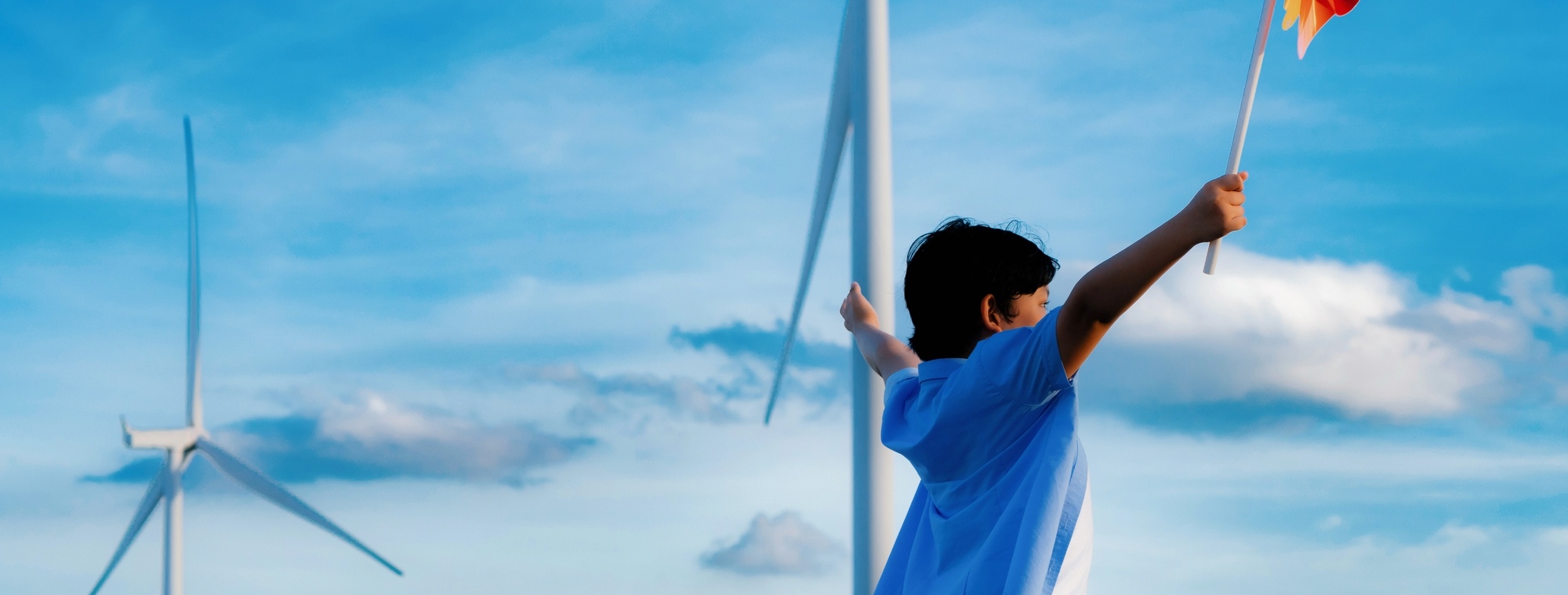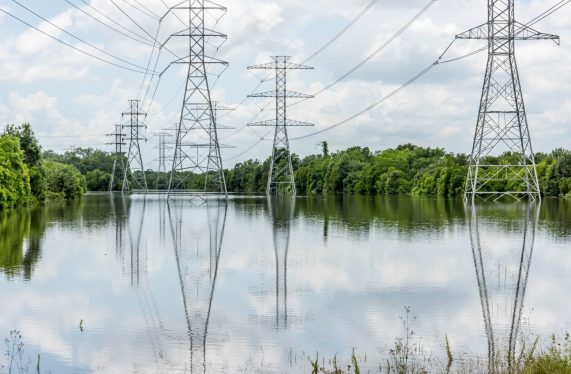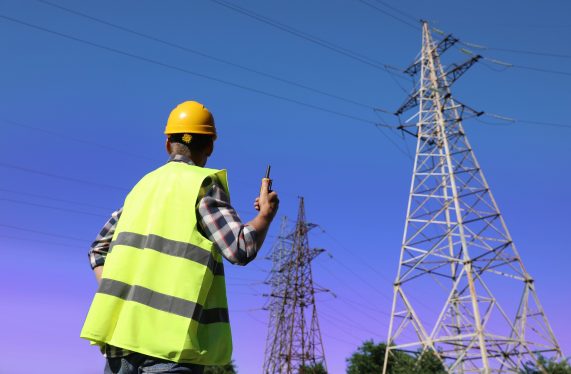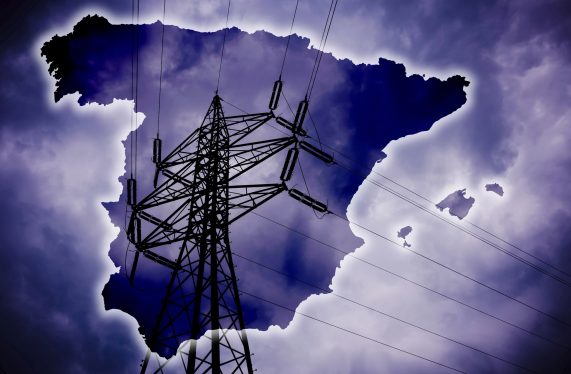Wind energy is one of the most promising solutions in the global transition to renewable power.
By harnessing the natural movement of air, wind turbines convert kinetic energy into electricity, offering a clean and sustainable alternative to fossil fuels.
However, despite its environmental and economic benefits, the expansion of wind energy faces a significant hurdle: social acceptance.
As Szarka (2004) aptly stated, “Wind energy generates not just electricity, but also strong views.”
What is Wind Energy?
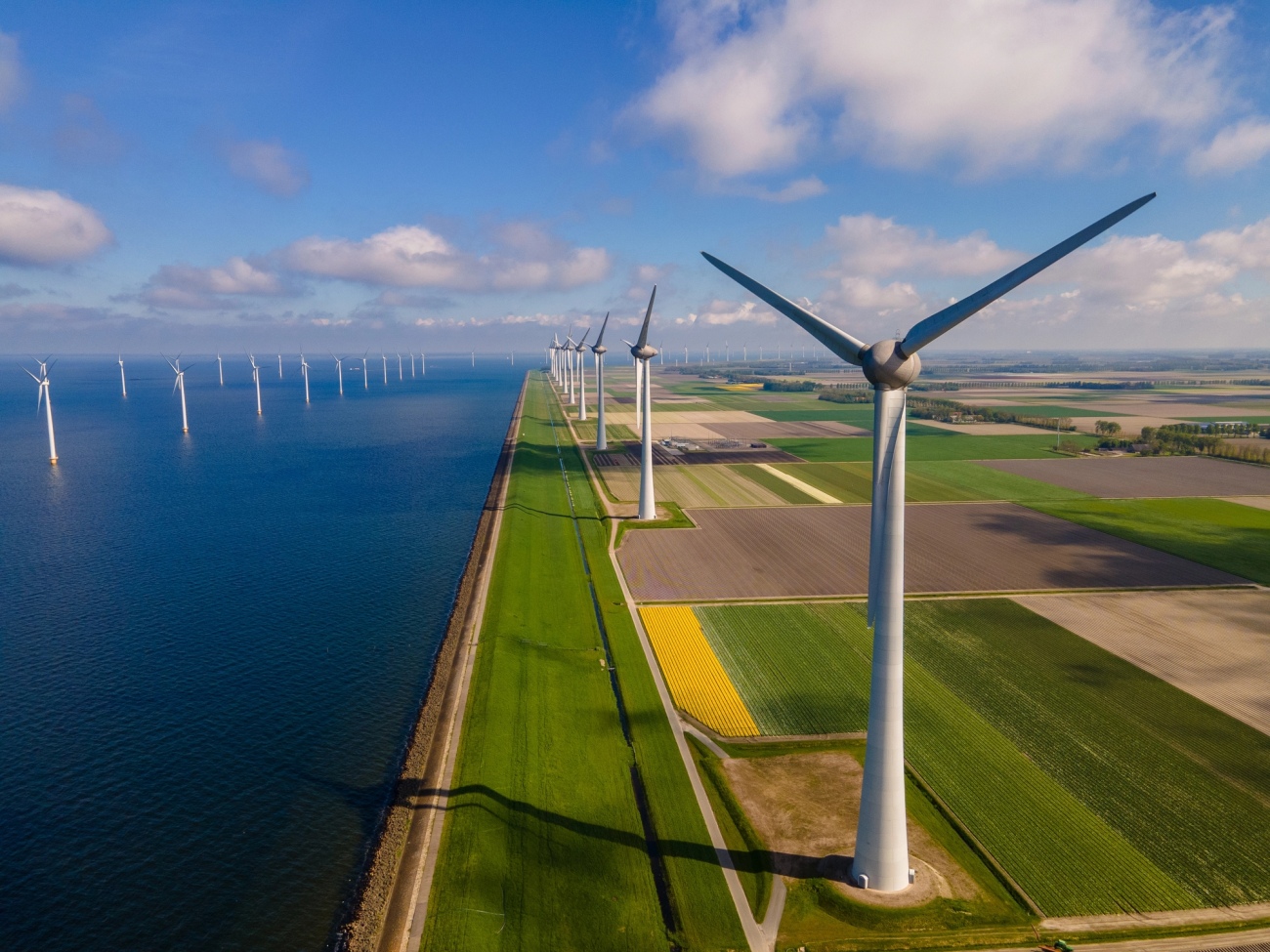
Wind energy is generated by capturing the movement of air caused by the sun’s uneven heating of the Earth’s surface.
This movement, influenced by factors like the Earth’s rotation and geographical features, creates wind.
Wind turbines capture this kinetic energy and convert it into electricity through a generator.
According to the International Renewable Energy Agency, wind energy is one of the fastest-growing renewable energy sources, playing a critical role in reducing global carbon emissions.
Yet, its potential is often hindered by public resistance.
How Do Wind Turbines Work?
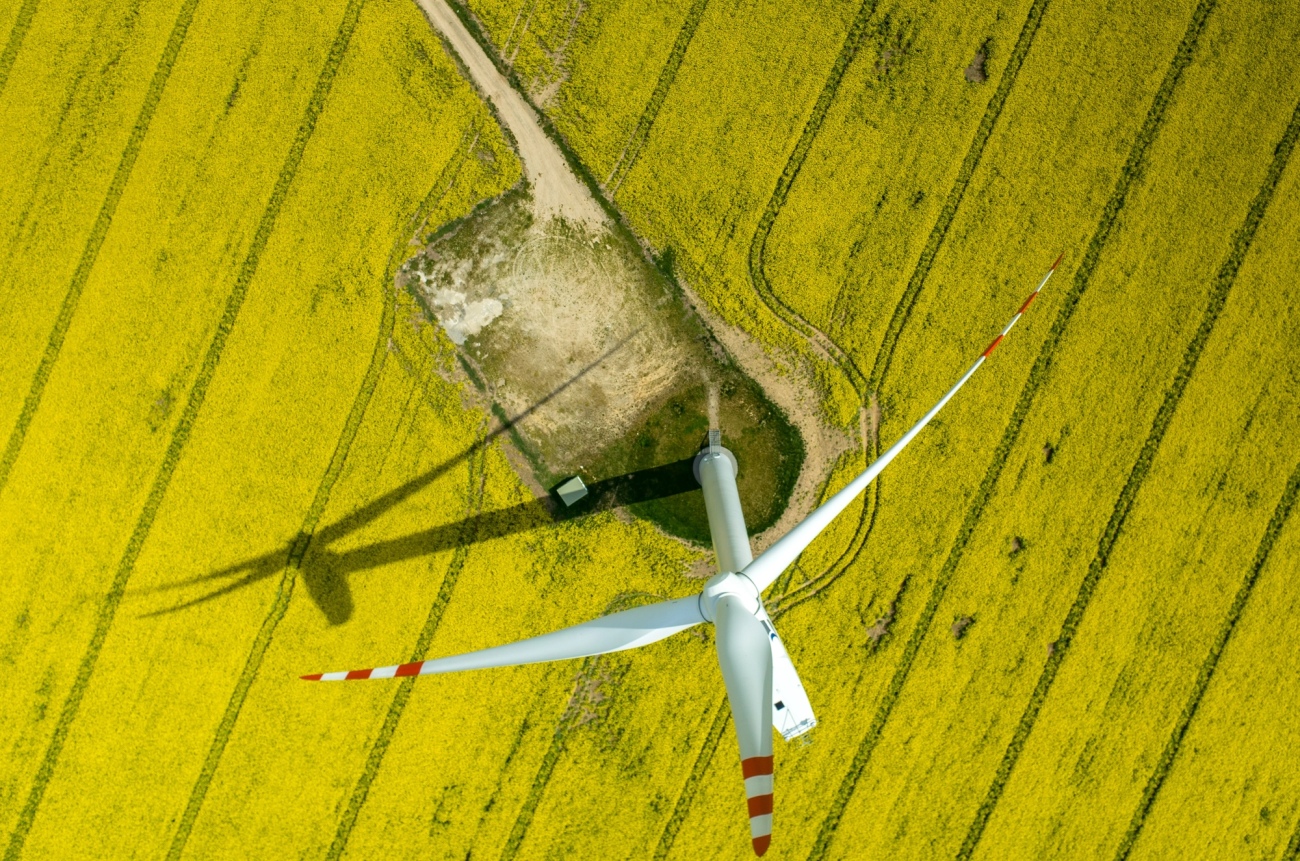
Wind turbines operate on a simple principle: when wind blows, it turns the turbine’s blades, which spin a rotor connected to a generator.
This process converts kinetic energy into electricity.
The efficiency of wind turbines depends on factors like wind speed, turbine size, and location.
There are two main types of wind energy:
- Onshore Wind Energy: Wind farms located on land, typically in open plains, coastal areas, or mountainous regions.
- Offshore Wind Energy: Wind farms built in oceans or large lakes, where winds are stronger and more consistent but installation and maintenance costs are higher.
Why is Wind Energy Important?
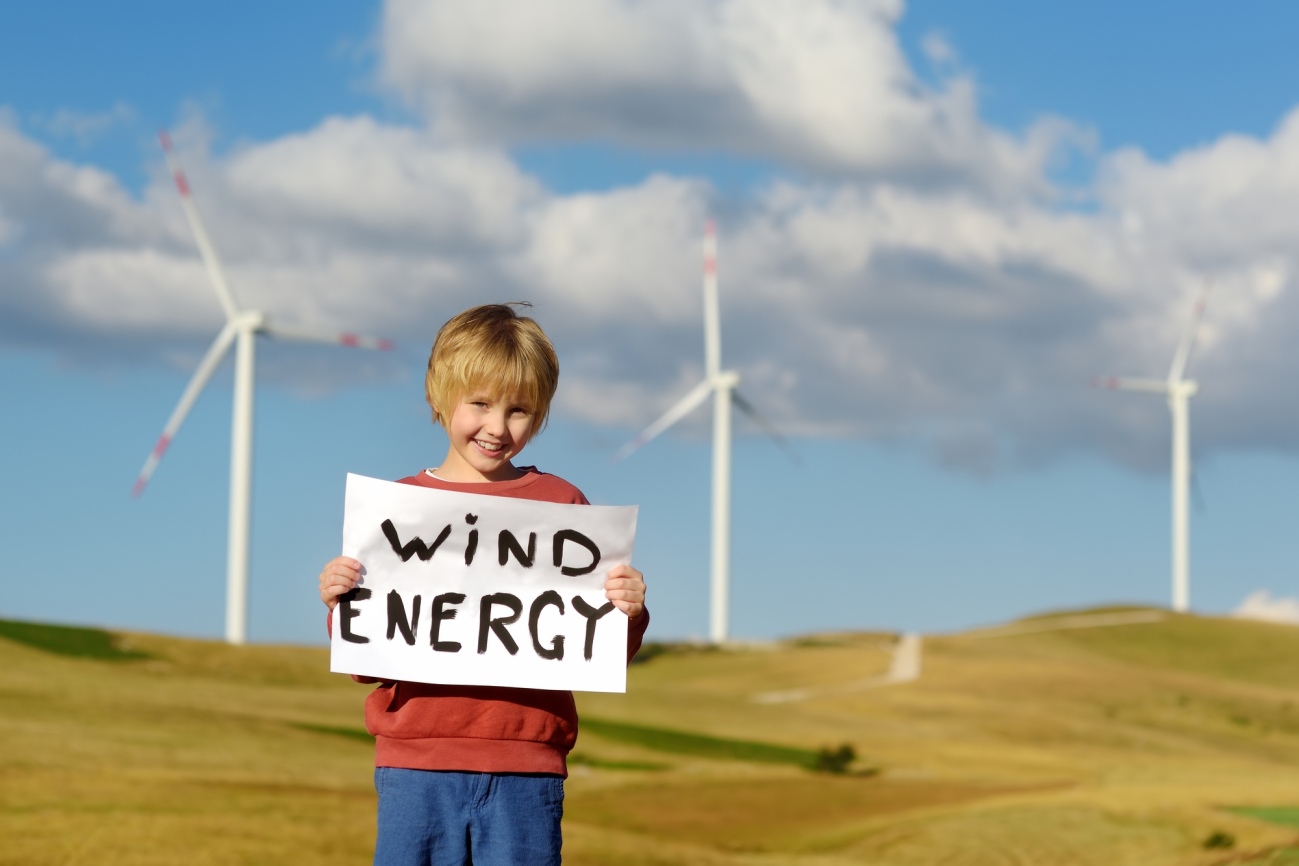
Wind energy is a cornerstone of the clean energy transition.
It significantly reduces greenhouse gas emissions, decreases reliance on fossil fuels, and enhances energy security.
The Intergovernmental Panel on Climate Change (IPCC) has confirmed that climate change is driven by fossil fuel consumption, making the shift to renewable energy sources imperative.
Wind power directly addresses this challenge, and every wind farm contributes to the global effort to reduce carbon emissions.
Countries like Denmark and Spain have demonstrated the viability of wind energy by investing heavily in wind power infrastructure.
However, even in these leading nations, wind energy projects often face opposition from local communities.
As highlighted in the article by Emeritus Professor K. Chatzimpiros of NTUA in Naftemporiki, it is essential to weigh the benefits of wind energy against its local impacts.
While wind farms may have localized effects on landscapes or ecosystems, they ultimately serve the greater purpose of mitigating climate change—unlike other industries that exploit natural and cultural resources, such as tourism, without necessarily providing long-term benefits to society.
Successfully integrating wind energy into national energy strategies requires addressing these concerns while reinforcing its broader environmental and economic advantages.
The Social Acceptance Challenge: NIMBY, WIMBY, and the Renewable Energy Paradox
One of the most significant challenges facing wind energy expansion is social acceptance.
Public attitudes toward wind energy are shaped by various factors, including economic incentives, environmental concerns, and community involvement.
Understanding these dynamics is key to overcoming resistance and accelerating the transition to renewable energy.
NIMBY: The Not-In-My-Backyard Phenomenon
The Not-In-My-Backyard (NIMBY) phenomenon describes local opposition to wind farms, often driven by concerns over visual disruption, noise pollution, and perceived impacts on property values.
This resistance is particularly pronounced when communities feel excluded from decision-making processes or fail to see direct benefits from wind energy projects.
WIMBY: A New Perspective on Community Engagement
In contrast to NIMBY, the Wind In My Backyard (WIMBY) movement offers a more positive approach.
Backed by initiatives like the European Commission’s WIMBY project, this perspective emphasizes the importance of community involvement, financial incentives, and participatory planning.
When communities see tangible benefits—such as job creation, revenue sharing, or local investment—they are more likely to support wind energy developments.
The Renewable Energy Paradox
Despite the global push for renewable energy, local opposition remains a significant barrier.
Studies from ETH Zurich and DTU highlight that even in countries with strong renewable energy policies, public resistance persists.
This is further complicated by the Renewable Energy Paradox, observed in Greece, where environmental organizations advocate for renewable energy in principle but oppose specific wind projects due to local ecological concerns.
This paradox underscores the tension between global climate goals and localized opposition, highlighting the need for inclusive decision-making and proactive community engagement.
Impacts of Wind Energy and Potential Solutions
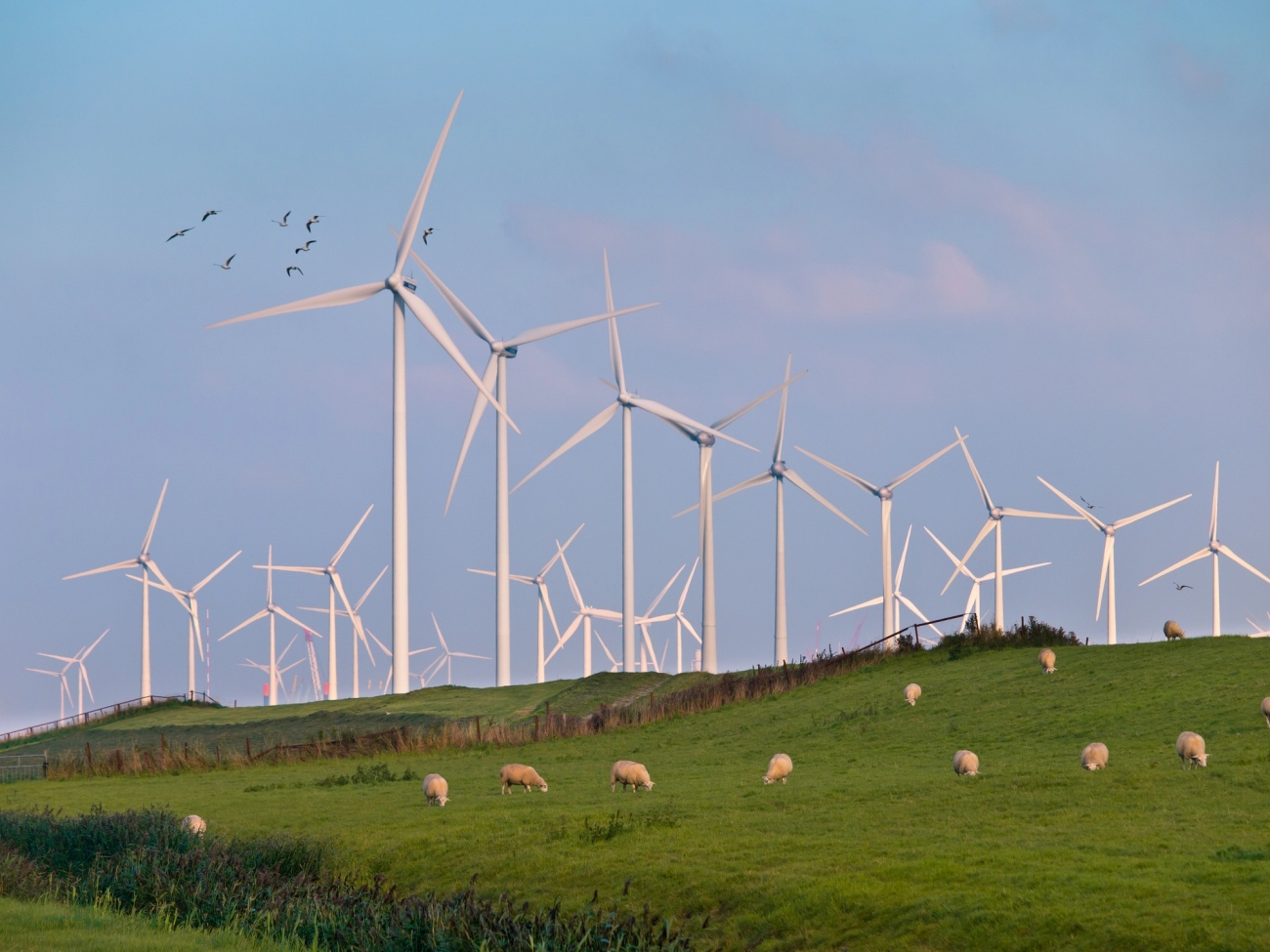
Research by Professor McKenna from ETH Zurich outlines the main challenges of wind energy expansion and possible solutions:
1. Impacts on Ecosystems and Wildlife
- Description: Wind farms can cause direct collisions with birds and bats, disrupt nesting and breeding patterns, and lead to population decline.
- Potential Solutions: Strategic placement of wind farms, regulating turbine speeds, and using technologies like painted turbine blades to reduce collisions.
- Research Priorities: Long-term ecological studies to compare wind energy impacts with alternative energy sources.
2. Noise and Health Impacts
- Description: Noise emissions and shadow flicker from turbines can cause annoyance, stress, and health issues for nearby residents.
- Potential Solutions: Improved planning, noise thresholds, and technologies like serrated trailing edges to reduce noise.
- Research Priorities: Enhancing noise models and studying the effects of shadow flicker, especially at night.
3. Landscape and Aesthetic Concerns
- Description: Local opposition often arises due to the visual impact of wind turbines on natural landscapes.
- Potential Solutions: Participatory planning processes and community engagement to address aesthetic concerns.
- Research Priorities: Developing quantitative models to measure the economic and social impacts of landscape changes.
4. Economic and Social Impacts
- Description: Wind farms can affect property values and local economies, both positively and negatively.
- Potential Solutions: Fostering community participation from the planning stages and providing monetary compensation.
- Research Priorities: Quantifying net economic impacts and developing models for community acceptance.
Advancing Research and Innovation
To address these challenges, further research and innovation are essential. Key areas include:
- Streamlining Permitting Processes: Faster and fairer approvals to accelerate project development.
- Turbine Innovation: Developing quieter turbines and designs that minimize environmental impacts.
- Community Benefits: Ensuring local residents gain tangible benefits from wind projects, such as jobs, revenue sharing, or community funds.
- Grid Improvements: Enhancing grid infrastructure to accommodate the variable nature of wind energy.
The Role of SynEnergy Advisors
At SynEnergy Advisors, we recognize that successful wind energy adoption requires a balance between technology, policy, and community engagement.
Our work focuses on advancing renewable energy projects that are both efficient and socially responsible.
By addressing community concerns, improving technology, and fostering collaboration, we aim to ensure that wind energy is not only effective but also welcomed by society.
Conclusion
Wind energy is a vital component of the global shift toward renewable power, but its success depends on overcoming the challenge of social acceptance.
The transition to clean energy is a shared responsibility.
Let’s work together to embrace solutions that benefit both the planet and the people.
